October 27, 2025. Informational only – this is not legal or financial advice – AI Tools for Routine Work
Updated:
How much time do you spend on repetitive tasks? Writing emails. Scheduling meetings. Formatting documents. Responding to common questions. These mundane activities consume hours every week. Meanwhile, your creative work waits.
AI tools for Routine work are changing this reality. They automate routine work with remarkable efficiency. Moreover, they free your time for meaningful tasks. The technology isn’t futuristic anymore. It’s here now. Furthermore, it’s accessible to everyone.
From content creation to data entry, AI handles repetitive work. It does this faster than humans. Additionally, it maintains consistent quality. The question isn’t whether to use these tools. Rather, it’s which ones to use and how. Let’s explore the landscape of AI automation for daily work.
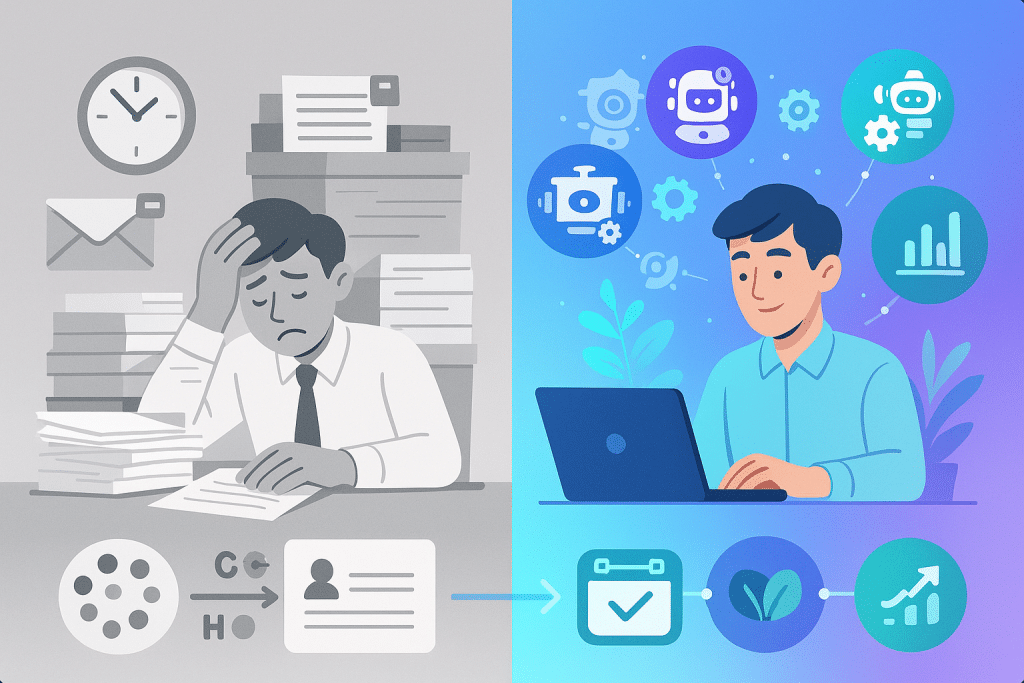
Table of Contents
What are AI Tools for Routine Work?
AI tools for routine work are software applications powered by artificial intelligence. They automate repetitive, time-consuming tasks. These tools learn patterns from your work. Then they replicate or assist with similar tasks.
Think of them as digital assistants. However, they’re specialized for specific functions. One tool might excel at writing. Another handles scheduling. Yet another manages data processing. Together, they form a productivity ecosystem.
The Core Capabilities
Modern AI tools for routine work offer several fundamental capabilities. First, they process natural language. You can communicate with them conversationally. Simply describe what you need. The tool understands and responds appropriately.
Second, they learn from examples. Show an AI tool a few instances of your work. It recognizes patterns. Subsequently, it can replicate your style and preferences. This learning happens quickly.
Third, they integrate with existing workflows. Most AI tools connect to your current software. Email clients, project managers, document editors they all work together. Consequently, you don’t need to change your entire system.
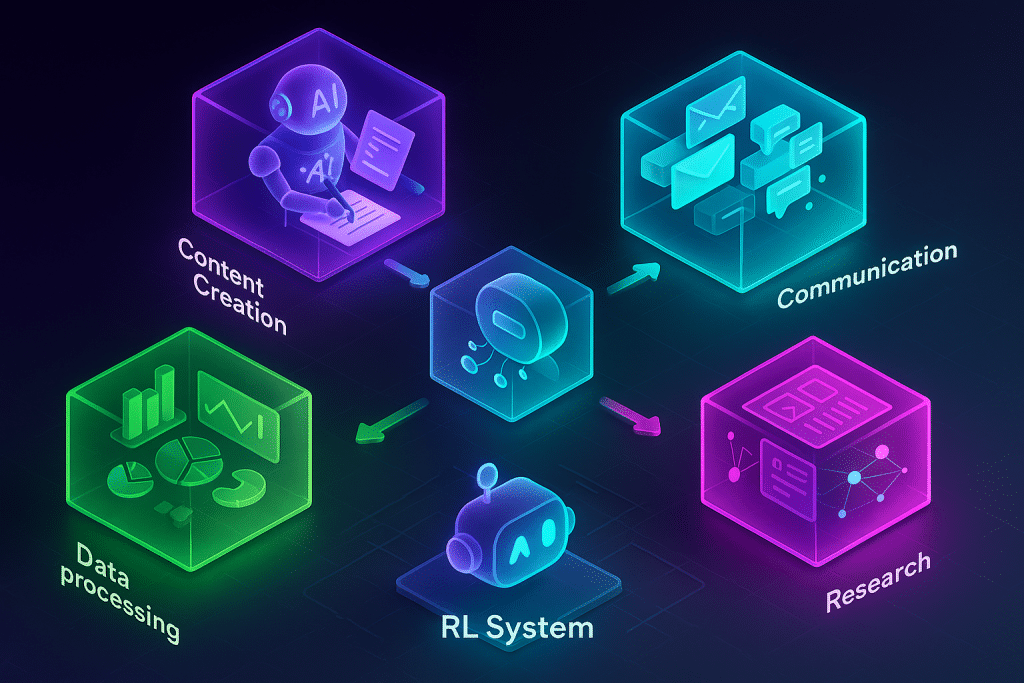
Categories of AI Tools for Routine Work
AI tools fall into distinct categories. Each serves different needs.
Content creation tools generate written material. Articles, social media posts, product descriptions—these tools produce text based on prompts. Moreover, they can maintain consistent tone and style.
Communication assistants handle email and messaging. They draft responses, summarize conversations, and schedule meetings. Additionally, they can prioritize messages by importance.
Data processing tools organize and analyze information. They extract insights from spreadsheets. Furthermore, they clean messy datasets. They also generate reports automatically.
Design automation tools create visuals without manual design work. Presentations, graphics, layouts—these emerge from simple descriptions. Similarly, they can resize and reformat existing designs.
Research assistants gather and synthesize information. They search multiple sources simultaneously. Then they summarize findings clearly. This saves hours of manual research.
How to Apply AI Tools in Content Operations
Let’s explore practical implementation for content-focused work. Consider a site like aihika.com. Several AI tools can transform daily operations.
Streamline Content Research and Planning
Content research traditionally takes significant time. You search for topics, analyze trends, and identify gaps. AI tools accelerate this process dramatically.
Start with AI-powered research assistants. These tools scan multiple sources simultaneously. They identify trending topics in your niche. Moreover, they highlight what competitors are covering. You receive comprehensive insights in minutes.
Use AI for content ideation as well. Describe your audience and goals. The tool generates dozens of relevant topic ideas. Furthermore, it suggests angles and structures. This eliminates brainstorming bottlenecks.
AI tools also analyze content performance. They identify which topics resonate most. Additionally, they predict which upcoming topics might trend. This data-driven approach improves content planning significantly.
Automate Content Creation Workflows
Content creation involves many repetitive elements. AI tools handle these efficiently.
For initial drafts, use AI writing assistants. Provide an outline and key points. The tool generates a complete first draft. However, remember this is a starting point. Human editing remains essential.
Use AI for content expansion. Have a brief outline? The tool fleshes it out. Need different versions of the same message? AI creates variations quickly. This versatility saves considerable time.
AI tools excel at formatting and optimization. They add proper headings. They improve readability. Furthermore, they optimize for SEO automatically. These technical tasks happen in seconds.
Enhance Content Distribution
Publishing content requires multiple steps. AI tools automate many of them.
Use AI to generate social media posts from articles. One article becomes dozens of platform-specific posts. Moreover, the tool adapts tone for each platform. Twitter gets concise updates. LinkedIn receives professional insights.
AI scheduling tools determine optimal posting times. They analyze when your audience is most active. Then they schedule content automatically. Consequently, you maintain consistent presence without manual effort.
Email newsletters benefit from AI assistance too. The tool curates relevant content. It writes compelling subject lines. Additionally, it personalizes messages for different segments. Open rates typically improve significantly.
Manage Community and Support
Content sites generate questions and discussions. AI tools help manage these interactions.
Deploy AI chatbots for common questions. They provide instant responses 24/7. Moreover, they learn from each interaction. Over time, they handle increasingly complex queries.
Use AI to moderate comments. It identifies spam automatically. Furthermore, it flags potentially problematic content. This keeps communities healthy without constant manual monitoring.
AI tools can also analyze sentiment. They track how audiences respond to content. Additionally, they identify emerging concerns or interests. This feedback informs future content direction.
Practical Example: Automating Content Operations
Let’s walk through a real scenario. You run an AI content site. Every week, you publish multiple articles. AI tools transform your workflow completely.
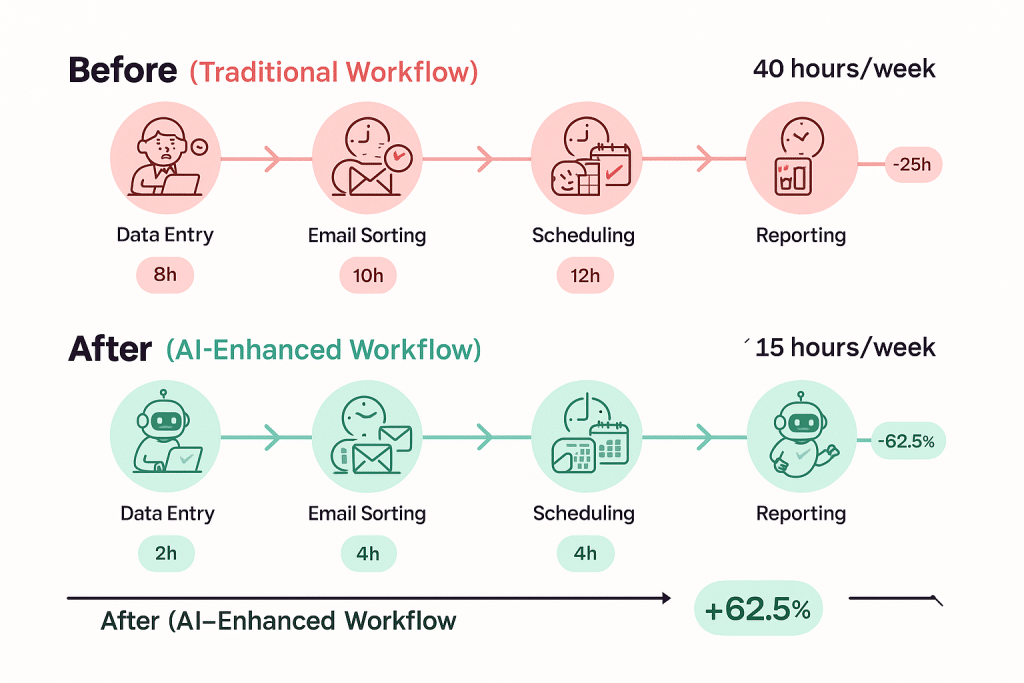
Monday: Research and Planning
Previously, Monday mornings meant hours of research. You’d browse forums, read competitor blogs, and brainstorm topics. Now, AI handles much of this work.
Your AI research assistant runs overnight. It monitors AI news sources, forums, and social media. By Monday morning, you receive a comprehensive report. Trending topics appear highlighted. Competitor gaps show clearly.
You review the report over coffee. Takes fifteen minutes. Previously, this research consumed three hours. Moreover, the AI caught topics you might have missed.
Next, you use an AI ideation tool. Enter your findings and audience preferences. The tool generates twenty article concepts. Each includes a suggested structure and key points. You select the five best ideas. Total time: ten minutes.
Tuesday-Thursday: Content Creation
Content creation used to be your biggest time sink. Writing, editing, optimizing—each article took hours. AI tools accelerate this dramatically.
For each article, you create a detailed outline. Include key points and tone guidelines. Feed this to your AI writing assistant. Within minutes, you receive a comprehensive first draft.
However, you don’t publish this directly. Instead, you edit thoughtfully. You add unique insights. You inject personality. You verify accuracy. The AI handled structure and basic content. You provide the expertise and voice.
This hybrid approach is powerful. The AI draft takes ten minutes to generate. Your editing takes an hour. Previously, writing from scratch took three hours. You’ve nearly tripled your output.
Friday: Distribution and Engagement
Publishing used to involve manual, repetitive tasks. Creating social posts. Scheduling emails. Formatting for different platforms. AI tools automate these entirely.
Your AI distribution tool processes each article. It generates platform-specific social posts automatically. Twitter threads, LinkedIn articles, Facebook updates—all emerge in minutes. Moreover, each maintains appropriate tone and length.
The tool schedules these posts optimally. It knows when your audience is most active. Furthermore, it spaces content to avoid overwhelming followers.
For your email newsletter, AI curates the week’s best content. It writes engaging summaries. Additionally, it personalizes recommendations based on subscriber interests. The newsletter assembles automatically.
Ongoing: Community Management
Throughout the week, your AI chatbot handles routine queries. “Where can I find your tutorial on X?” “Do you have an article about Y?” These questions get instant, accurate answers.
The chatbot escalates complex questions to you. However, it handles 70% of inquiries automatically. This frees you to focus on meaningful conversations.
Meanwhile, AI moderation keeps comments clean. Spam vanishes automatically. Potentially problematic comments get flagged for review. Your community stays healthy with minimal intervention.
Results
The transformation is substantial. Previously, content operations consumed 40 hours weekly. Now, they take 15 hours. You’ve nearly tripled efficiency.
Moreover, quality hasn’t decreased. In fact, it’s improved. You spend saved time on high-value work. Deeper research. Better analysis. More thoughtful editing. The routine work happens automatically.
Common Mistakes to Avoid
Over-Relying on AI Without Human Review
This is the most dangerous mistake. AI tools produce impressive results. However, they’re not perfect. They make errors. Furthermore, they sometimes generate plausible-sounding nonsense.
Never publish AI-generated content without thorough review. Always verify facts. Check for logical consistency. Ensure the tone matches your brand. Add unique insights that only human expertise provides.
Think of AI as a powerful assistant, not a replacement. It handles the mechanical work brilliantly. However, you provide the judgment, creativity, and authenticity. This combination is unbeatable.
Choosing Tools Without Clear Goals
Many people adopt AI tools reactively. They see something trending. Therefore, they try it immediately. This approach wastes time and money.
Instead, start with your pain points. Which repetitive tasks consume most time? Which workflows feel inefficient? Identify these clearly.
Then, find tools that address specific problems. Don’t just adopt AI because it’s available. Choose tools that solve actual bottlenecks. This focused approach delivers real value.
Ignoring Data Privacy and Security
AI tools process your data. Often, this data is sensitive. Customer information, proprietary content, strategic plans—all pass through these systems.
Many AI tools send data to external servers. Furthermore, some use your data to train their models. This can create serious privacy issues.
Always review terms of service carefully. Understand how tools handle your data. For sensitive information, consider self-hosted or privacy-focused alternatives. Never compromise security for convenience.
Neglecting to Train and Customize Tools
Most AI tools improve with customization. They learn your preferences. They adapt to your style. However, this requires initial setup and ongoing refinement.
Many users skip this step. They expect tools to work perfectly immediately. Consequently, results disappoint. The tools produce generic, mediocre output.
Invest time in training your AI tools. Provide examples of your best work. Give feedback on their output. Gradually, they become more aligned with your needs. This investment pays dividends.
Failing to Integrate Tools Into Workflows
Some people use AI tools in isolation. They copy content between applications manually. This fragmented approach negates efficiency gains.
Modern AI tools offer extensive integration options. They connect to your email, calendar, project management software, and more. Take advantage of this connectivity.
Build cohesive workflows where tools work together seamlessly. Data flows automatically between systems. This integration multiplies productivity benefits.
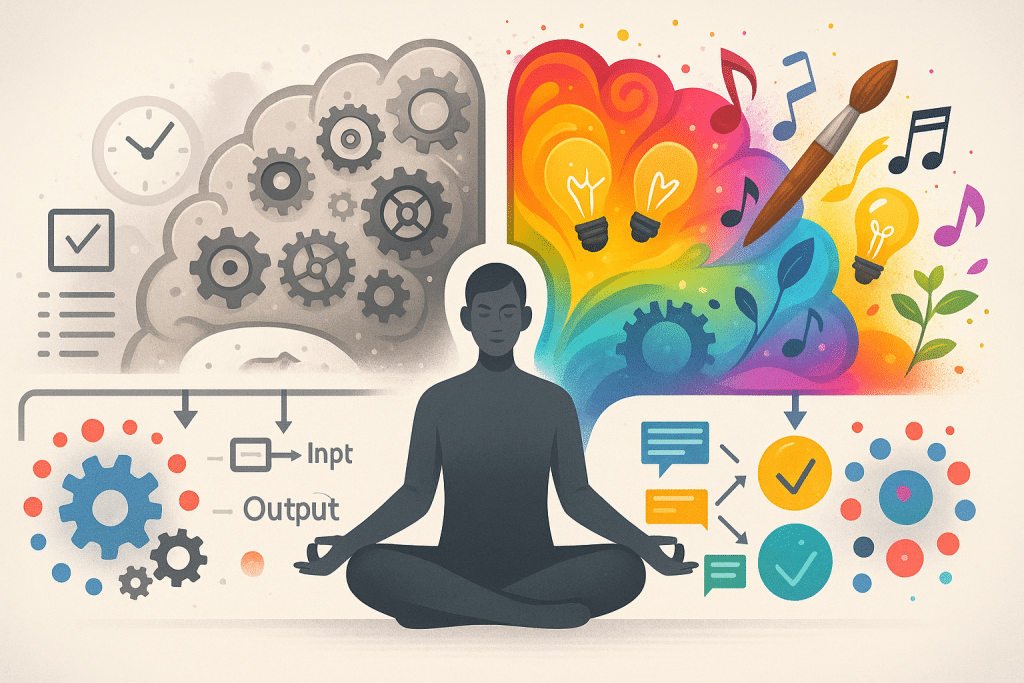
THE LESSON
The deeper insight about AI tools for routine work goes beyond simple automation. It’s about fundamentally rethinking how we approach productivity and creativity.
The Creativity Paradox
Here’s what most people miss. AI tools don’t just save time. They transform what’s possible. When routine work disappears, something interesting happens. You have capacity for higher-level thinking.
Previously, your day filled with necessary but mundane tasks. Formatting documents. Scheduling meetings. Answering repetitive questions. These activities consumed cognitive resources. Moreover, they drained creative energy.
With AI handling these tasks, your mind stays fresh. You approach creative work with more energy. Furthermore, you have time to think deeply. This isn’t just about doing more. It’s about doing better work.
The paradox is this: automation enables creativity. By removing routine cognitive load, AI frees mental space. This space becomes available for innovation, strategy, and meaningful problem-solving.
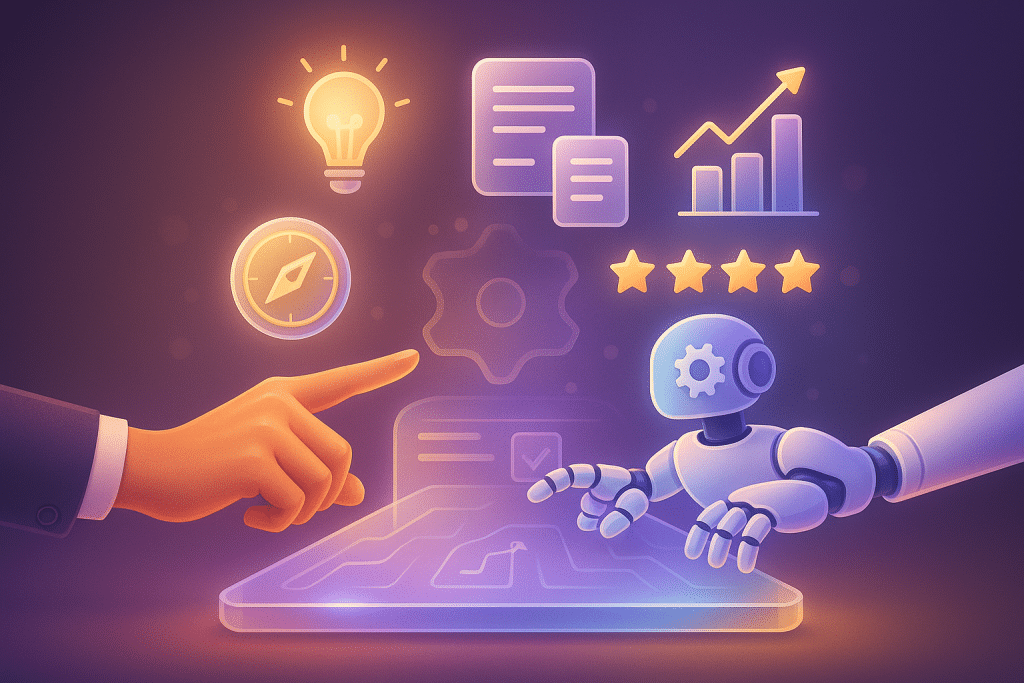
The Augmentation Model
Many people fear AI will replace humans. This misses the point entirely. The most powerful model is human-AI collaboration. Neither works optimally alone.
AI excels at pattern recognition. It processes vast amounts of data quickly. Furthermore, it maintains consistency flawlessly. However, it lacks genuine understanding. It can’t navigate ambiguity well. Moreover, it has no judgment about what truly matters.
Humans bring creativity, empathy, and wisdom. We understand context and nuance. Additionally, we connect ideas across domains. However, we’re slow at repetitive tasks. Furthermore, we get tired and make inconsistent decisions.
Together, they’re transformative. AI handles mechanical work. Humans provide direction and judgment. This partnership achieves results neither could alone.
The Skill Shift
As AI handles routine work, required skills change. Technical execution becomes less valuable. Conversely, judgment and taste become more important.
The ability to write grammatically correct text matters less. AI does this perfectly. However, knowing what message resonates with your audience—that’s increasingly valuable. Similarly, technical design skills decrease in importance. But understanding what makes design effective becomes crucial.
This shift rewards different capabilities. Critical thinking. Strategic planning. Creative vision. Emotional intelligence. These uniquely human skills become the differentiators.
The Efficiency Trap
However, there’s a hidden danger. Greater efficiency can enable overwork. You can do more, so expectations rise. Before long, you’re busier than ever despite automation.
The real opportunity isn’t doing more. It’s doing better. Use saved time for deep work, not additional shallow work. Protect space for thinking, learning, and creating. Efficiency should enhance life quality, not just increase output.
This requires conscious choice. Automation creates opportunity. How you use that opportunity determines whether AI tools truly improve your work life.
The Democratic Shift
AI tools democratize capabilities previously requiring years of training. Writing assistance. Design creation. Data analysis. Code generation. These skills become accessible to everyone.
This democratization has profound implications. Individual creators can compete with large teams. Small businesses access enterprise-level capabilities. Geographic and economic barriers diminish.
However, this also increases competition. If everyone has powerful tools, other factors matter more. Your unique perspective. Your specific expertise. Your understanding of your audience. These become the true competitive advantages.
Ready to Automate Your Routine Work?
AI tools for routine work represent more than productivity hacks. They’re fundamental shifts in how work happens. From content creation to customer service, AI handles repetitive tasks efficiently.
The technology is mature and accessible. You don’t need technical expertise to benefit. Moreover, many powerful tools are affordable or even free. The barrier to entry has never been lower.
Start small. Identify your biggest time sinks. Then find AI tools that address those specific problems. Gradually, build an automation ecosystem. This measured approach delivers sustainable results.
Remember: AI tools are amplifiers. They magnify your capabilities. However, they don’t replace judgment, creativity, or expertise. Use them to eliminate mundane work. Then invest that saved time in what truly matters.
Want to explore more AI applications and implementation strategies? Looking for practical guides on leveraging AI effectively? Discover actionable insights at aihika.com. We help you navigate the AI landscape and apply these tools to real-world challenges.
Frequently Asked Questions (FAQ)
What are AI tools for routine work and how do they work?
AI tools for routine work are software applications powered by artificial intelligence that automate repetitive, time-consuming tasks. They learn patterns from your work and replicate or assist with similar tasks. These tools process natural language, learn from examples, and integrate with existing workflows to form a productivity ecosystem that can handle everything from content creation to data processing.
How much time can AI automation tools save in daily work?
AI automation tools can reduce work time by up to 60-70%. For example, content operations that previously consumed 40 hours weekly can be reduced to just 15 hours. Tasks like writing first drafts that took 3 hours can be completed in 1 hour with AI assistance, while research that took 3 hours can be done in 15 minutes, effectively tripling productivity.
What types of AI tools are available for automating routine tasks?
There are five main categories of AI automation tools: Content creation tools that generate articles and social media posts, Communication assistants that handle email and scheduling, Data processing tools that organize and analyze information, Design automation tools that create visuals without manual work, and Research assistants that gather and synthesize information from multiple sources.
Do I need technical expertise to use AI productivity tools?
No, you don’t need technical expertise to benefit from AI productivity tools. Most modern AI tools are designed to be user-friendly with conversational interfaces. You can simply describe what you need in plain language, and the tools will understand and respond appropriately. Many powerful tools are also affordable or even free, making the barrier to entry very low.
What are the common mistakes to avoid when using AI automation tools?
The five most common mistakes are: Over-relying on AI without human review (always verify AI output), Choosing tools without clear goals (identify specific pain points first), Ignoring data privacy and security (review terms of service carefully), Neglecting to train and customize tools (invest time in setup), and Failing to integrate tools into workflows (build cohesive systems where tools work together).
Will AI tools replace human workers completely?
No, AI tools won’t replace humans but rather augment human capabilities. The most powerful model is human-AI collaboration. AI excels at pattern recognition and processing data quickly, while humans bring creativity, empathy, judgment, and wisdom. Together, they achieve transformative results neither could accomplish alone. AI handles mechanical work while humans provide direction and strategic thinking.
How do I start implementing AI tools in my workflow?
Start small by identifying your biggest time sinks and repetitive tasks. Find AI tools that address those specific problems, then gradually build an automation ecosystem. Begin with one tool, train and customize it properly, integrate it into your existing workflow, and measure the results. This measured approach delivers sustainable results and helps you avoid overwhelming changes.
Are AI automation tools secure for handling sensitive business data?
Security varies by tool. Many AI tools send data to external servers and some use your data to train their models, which can create privacy issues. Always review terms of service carefully to understand how tools handle your data. For sensitive information like customer data or proprietary content, consider self-hosted or privacy-focused alternatives. Never compromise security for convenience.
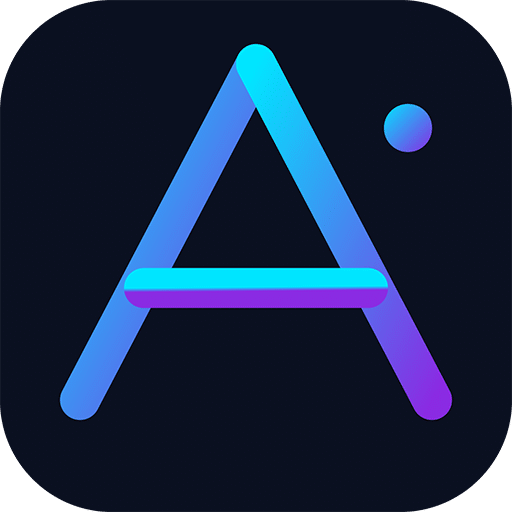
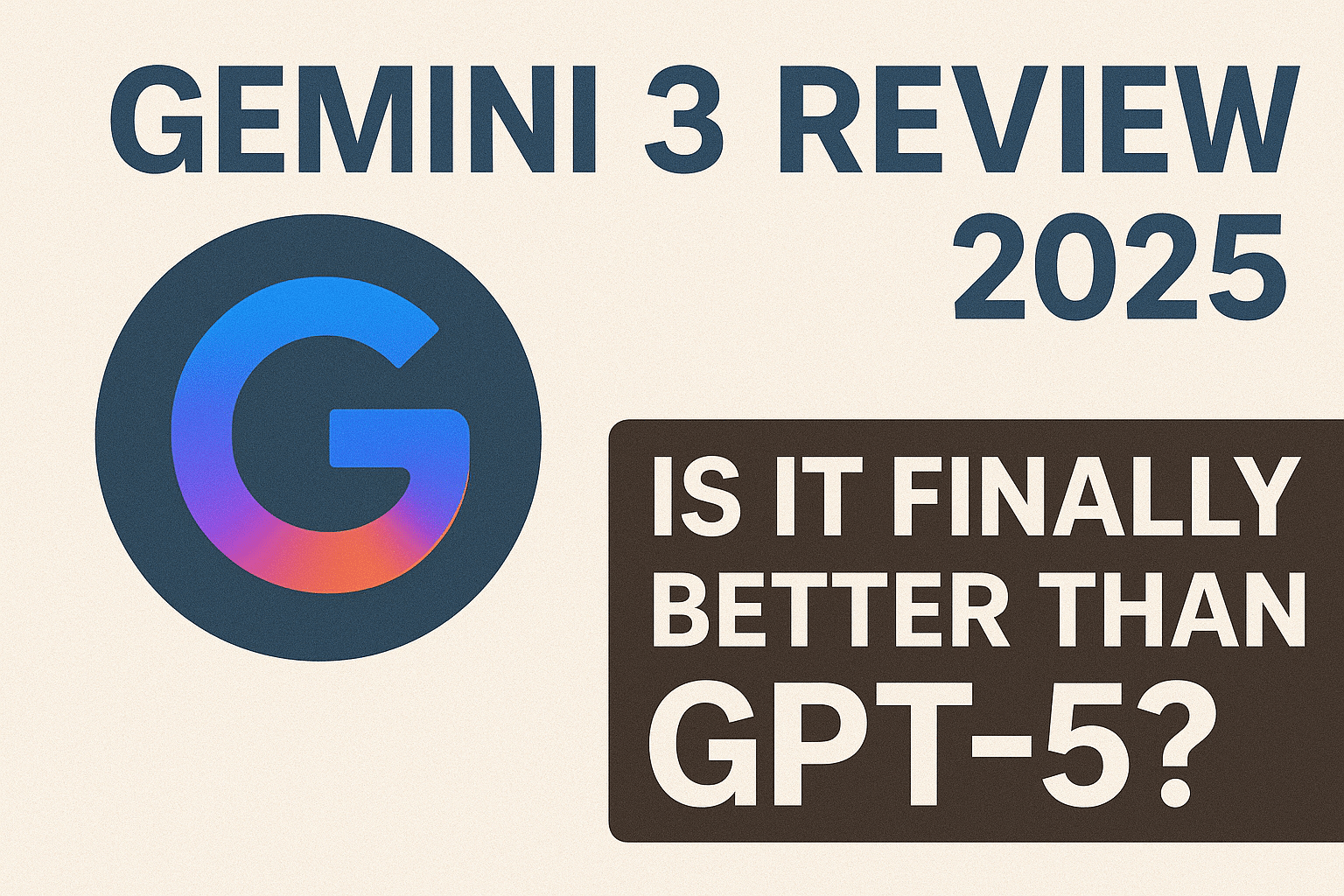
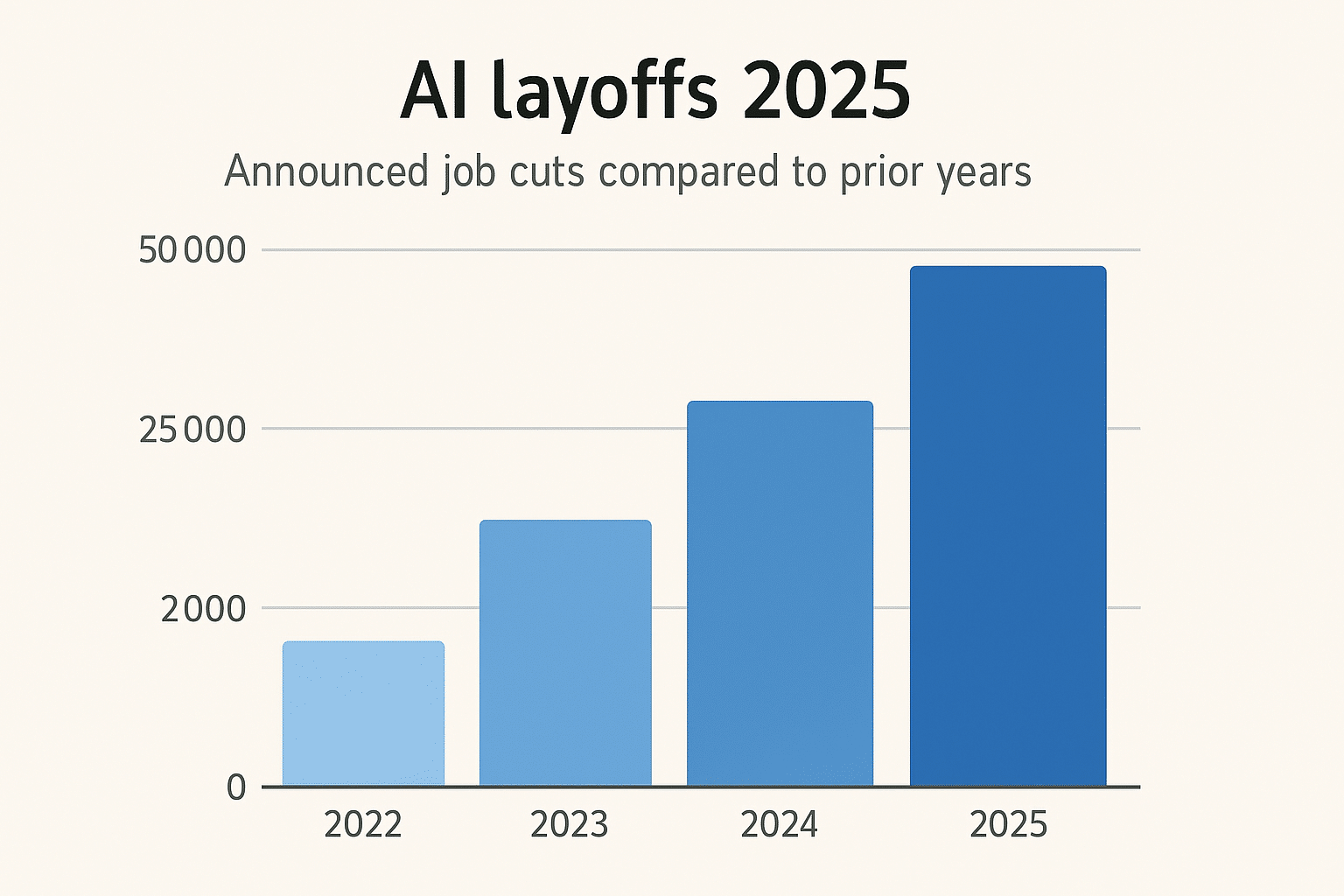
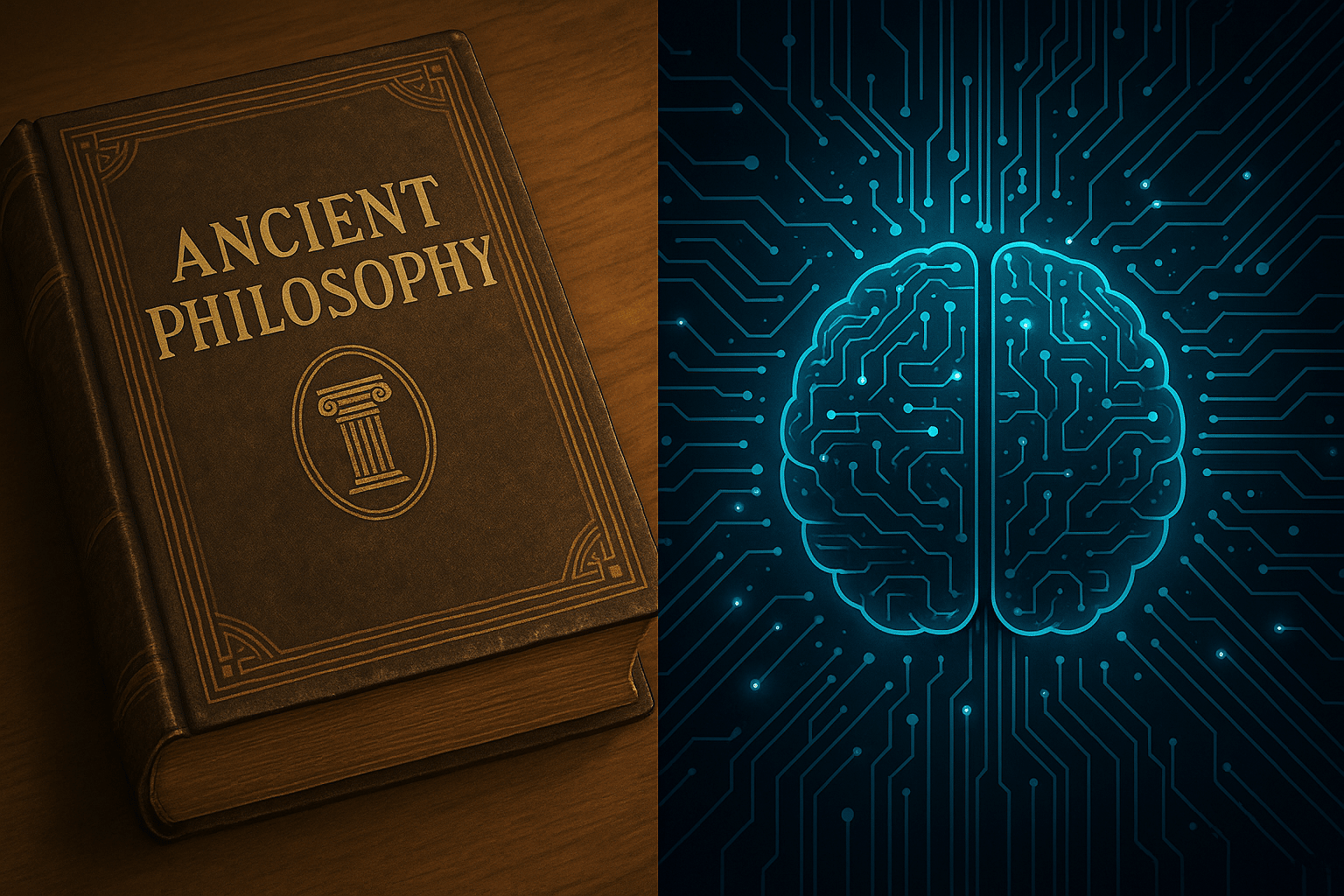





Leave a Reply